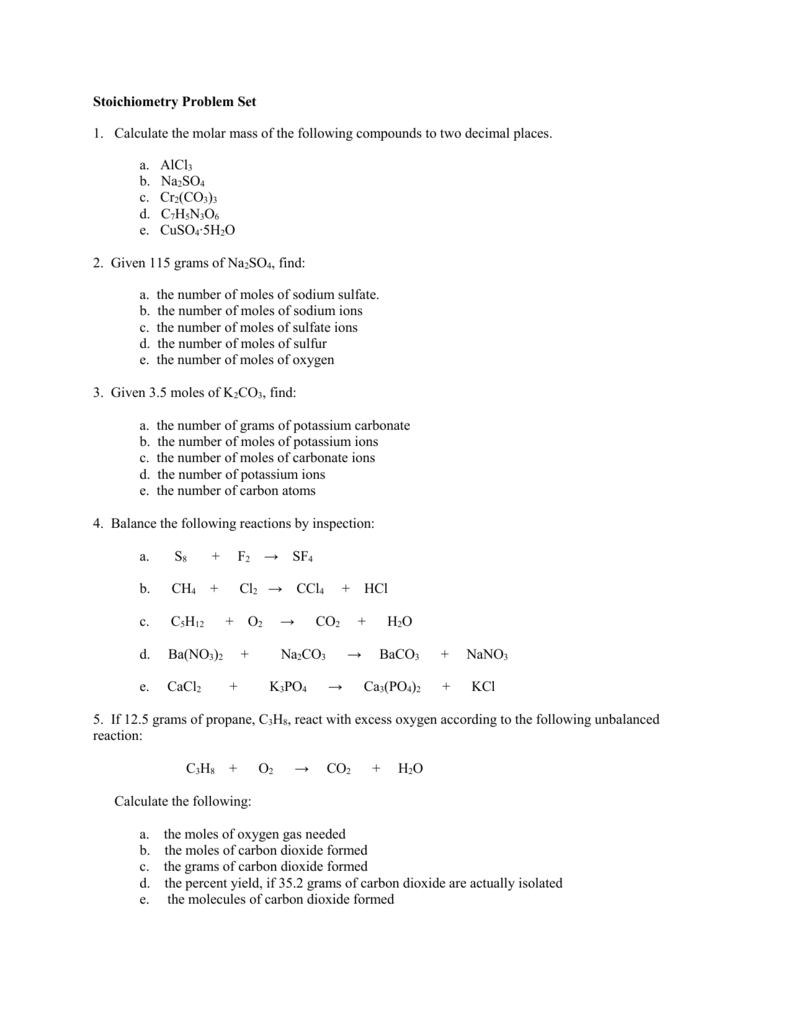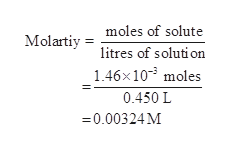

The above equation can convert u to g mol −1. But this quantity is in the unified mass unit (u). So, the mass of a mole of the atom is m a × N A. M a is the average atomic mass or the average mass of an atom. The unified mass unit is related to the molar mass constant ( M u) by the Avogadro constant ( N A). The average atomic mass is measured in the unified mass unit (u). If the average atomic mass ( m a) or average molecular mass is known, we can convert it into the molar mass ( M) with the help of the molar mass constant ( M u). It could vary from sample to sample depending on the percentages of constituents in the sample. This is true for all atoms of carbon-12 in the universe. For example, the atomic mass of carbon-12 is 12 u. The atomic mass is constant for a particular isotopic element. The existence of isotopes is accounted for since it is a bulk property. G mol −1 is the standard unit for the molar mass. It has a unit of the unified mass unit (u) or the atomic mass unit (amu). The atomic mass is the sum of the mass of protons, neutrons, and electrons. Table 1: Difference between Atomic Mass and Molar Mass Atomic Mass The table below describes the differences between the two. But they are two different quantities with a definition. The atomic mass and the molar mass are confused with one another.


It measures the mass of a mole of a given substance. And if the compound is covalent in nature then the formula mass is known as molecular mass and if we are calculating mass of one mole of substance then it is known as molar mass.In chemistry, the molar mass is an important quantity. $ u $ is used for the unit of molecular mass.įormula mass: It is defined as the sum of the atomic weights of all the atoms present in the compound. Hence the molecular mass of carbon dioxide is $ 44u $. So the molecular mass of the compound will be $ 12 + 2 \times 16 = 44 $. In this compound there is one atom of carbon and two atoms of oxygen are present. Now we already know that the molecular mass of carbon is $ 12 $ and molecular mass of oxygen is $ 16 $. For example: the molecule of water is $ $. Molecular formula: The molecular composition in the compound is known as molecular formula. Hint: Molecular weight of the substance: It is defined as the sum of the molecular masses of all elements present in the substance.


 0 kommentar(er)
0 kommentar(er)
